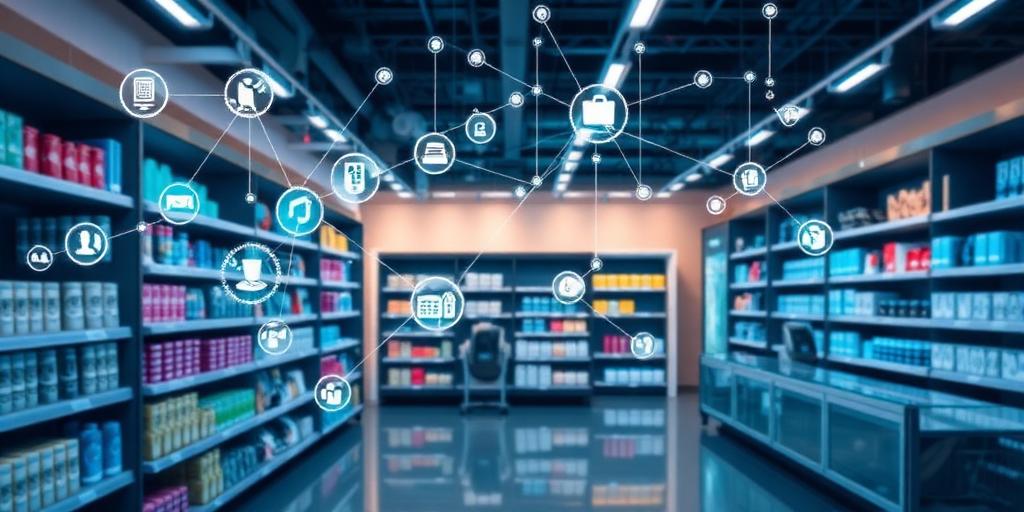The Internet of Things (IoT) is fundamentally reshaping the retail landscape, moving it from traditional operational models to highly intelligent, interconnected ecosystems. By integrating physical objects with digital networks, IoT facilitates real-time data collection and analysis, empowering retailers to enhance efficiency, optimize customer experiences, and gain unprecedented insights into their operations. This technological convergence is not merely an incremental improvement but a paradigm shift, enabling a more dynamic, responsive, and profitable retail future.
Revolutionizing Inventory Management and Supply Chain
One of the most profound impacts of IoT in retail is its ability to provide granular visibility into inventory and the entire supply chain. RFID tags, smart shelves, and automated tracking systems allow for real-time stock monitoring, significantly reducing instances of overstocking or stockouts. This precision enables retailers to:
- Maintain accurate inventory counts, minimizing manual errors.
- Automate reordering processes based on actual consumption data.
- Track goods from warehouse to shelf, ensuring supply chain transparency.
- Reduce waste, particularly for perishable goods, through precise environmental monitoring. This data-driven approach leads to optimized logistics, reduced operational costs, and improved product availability.
Elevating the Customer Experience
IoT plays a pivotal role in creating personalized and seamless shopping journeys. Beacons and location-based technologies enable retailers to deliver tailored promotions and navigation assistance to customers' smartphones as they move through a store. Smart mirrors provide virtual try-on experiences, while connected dressing rooms offer personalized recommendations. Furthermore, IoT facilitates frictionless checkout processes, such as "just walk out" technology, by leveraging sensor fusion and AI to detect items taken and automatically charge customers. These innovations not only enhance convenience but also foster deeper customer engagement.
Enhancing Operational Efficiency and Loss Prevention
Beyond customer-facing applications, IoT optimizes backend retail operations. Connected sensors can monitor equipment performance, predicting maintenance needs and preventing costly downtime. Energy management systems adjust lighting and climate control based on occupancy, leading to significant utility savings. For loss prevention, smart surveillance systems integrated with IoT devices can identify suspicious behavior, track high-value items, and provide data evidence in real time, thereby mitigating shrinkage and improving store security.
Driving Data-Driven Decision Making
The sheer volume of data generated by IoT devices offers unparalleled opportunities for actionable insights. Retailers can analyze customer traffic patterns, product interaction rates, and staff efficiency to optimize store layouts, staffing levels, and merchandising strategies. Predictive analytics, powered by IoT data, allows for demand forecasting with greater accuracy, enabling proactive adjustments to inventory and promotions. This shift from reactive to proactive management positions retailers to respond swiftly to market trends and consumer preferences.
Conclusion
The integration of IoT is undeniably a cornerstone of modern retail transformation. By fostering connectivity across every facet of the business, from supply chain logistics to in-store customer engagement and operational oversight, IoT empowers retailers to build more intelligent, efficient, and resilient enterprises. While challenges such as data security and integration complexity persist, the strategic adoption of IoT solutions is imperative for retailers seeking to remain competitive and deliver superior value in an increasingly dynamic marketplace.









